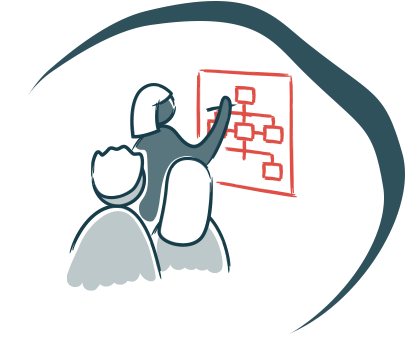Not understanding a system associated with a job role can have disastrous effects, so it’s important that this type of training hits the nail on the head. As with all eLearning, the training can reach the whole workforce, unlike traditional classroom training where absences or busy schedules can lead to missing out. There will also be consistency across the board, which means there won’t be any discrepancies between the ways in which the system is used, and if there ever are, employees can be directed back to the eLearning to refresh their memory – it wouldn’t be possible to revisit material in such depth with classroom training.
eLearning can take the learner through the use of the system step-by-step, at their own pace – this means no one gets left behind. You might think that you could lose a sense of actually using a system, but eLearning can effectively emulate this through simulations. The training is completely immersive: through a series of visual cues, the learner feels as if they are really using the system. This ‘learn by doing’ approach sets employees up in an authentic way for real-time application of their newly acquired knowledge.
Great systems eLearning is achieved through clear instruction that covers all areas. Voiceover can really help, too, as it guides the learner as if they were being mentored by a real person. Feedback is also very important. This may come in the form of a visual reaction that emulates what would happen if a user took the wrong action when using the system in ‘real life’. Alternatively, more traditional feedback can be given, which would tell the learner if they’ve taken the wrong action and possibly give them some pointers.

